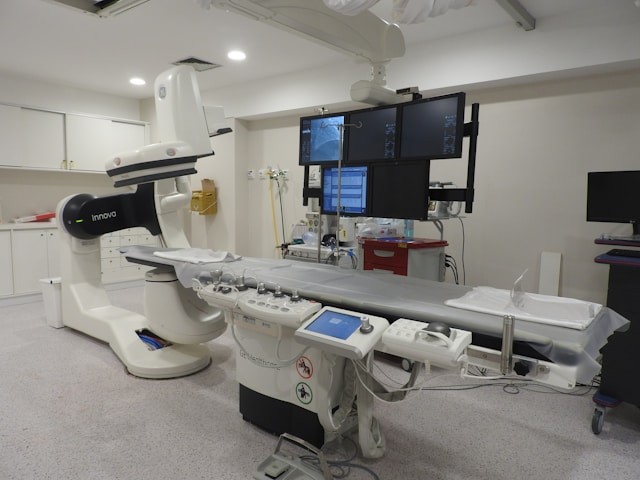Smart healthcare is often portrayed as a seamless mix of sensors, data and AI making life better for patients — but behind that tidy image is a complex ecosystem of organisations, technical teams and regulatory actors. From startups building clinical decision tools to large vendors integrating remote monitoring platforms, the real work happens at the intersection of healthcare strategy, engineering and compliance. For businesses considering entry or partnership in this space, knowing who does what is critical: the right partners determine speed to market, risk exposure and commercial viability. Many companies rely on specialised healthcare developers to translate clinical workflows into robust digital products.
Key players in the smart healthcare ecosystem
At a high level, the ecosystem includes technology vendors, clinical organisations, payers, device manufacturers and regulatory bodies. Each group has distinct incentives and constraints: hospitals focus on patient outcomes and interoperability, payers on cost and outcomes, while device makers prioritise safety certifications and supply chains. Bridging these priorities requires multidisciplinary teams and clear commercial models.
| Stakeholder | Primary Role | Business Priority |
|---|---|---|
| Technology Vendors | Platform development, data integration | Scalable product and recurring revenue |
| Healthcare Providers | Clinical validation, implementation | Improved outcomes, operational efficiency |
| Device Makers | Hardware reliability, certification | Safety, manufacturability, margins |
| Payers / Insurers | Reimbursement models, economic evaluation | Cost containment, value-based care |

Where the engineering happens — and who leads it
Product architects, clinical informaticians and data engineers are the people who turn concepts into deployable systems. In commercial projects, leadership often comes from product managers with healthcare domain experience who coordinate clinical advisors, regulatory consultants and software teams. Outsourced partnerships with experienced teams can accelerate development while reducing compliance risk, especially when internal resources lack healthcare-specific know-how.
Below is a concise list of typical roles and their responsibilities, useful for procurement teams evaluating partners:
- Product Manager: Defines use cases, prioritises features and aligns stakeholders.
- Clinical Lead: Ensures medical validity and manages clinician acceptance.
- Software Engineers: Build backend, frontend and device integrations.
- Data Scientists: Develop predictive models and validate performance.
- Regulatory Specialist: Manages compliance with regional medical device frameworks.
Commercial and regulatory challenges
From a business perspective, the two biggest risks are regulatory classification and reimbursement uncertainty. A digital triage tool might be treated as a medical device in one jurisdiction and a non-regulated wellness product in another — that difference can double costs and timelines. Companies must also decide whether to pursue direct sales to hospitals, embed their product in existing EHR ecosystems, or sell through distributors and device OEMs; each route has different margin profiles and sales cycles.

What makes a reliable partner for enterprises?
When enterprises choose collaborators, they should prioritise three capabilities: domain experience, proven integrations and a quality-first engineering process. Domain experience reduces rework: teams that have delivered clinical workflows before understand the subtleties of user acceptance and clinical governance. Proven integrations (FHIR, HL7, device protocols) reduce technical risk, while strong QA and security practices protect patient data and commercial reputation.
Final considerations for business leaders
Smart healthcare is not a product category you enter lightly. Success depends on assembling the right mix of clinical credibility, technical competence and regulatory foresight. For businesses evaluating opportunities, mapping stakeholders, clarifying commercial routes, and vetting partners on prior healthcare experience are the practical first steps. Ultimately, the companies that win are those that combine clear commercial models with disciplined engineering and genuine clinical partnerships — and that understand the long, iterative path from prototype to trusted, revenue-generating care platform.




